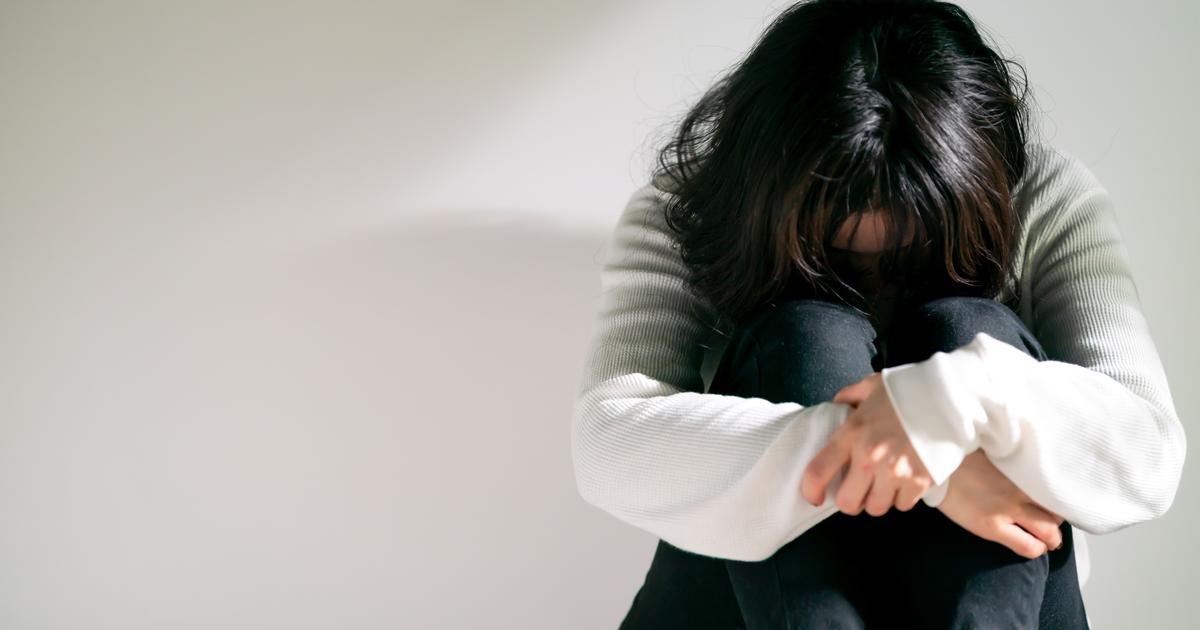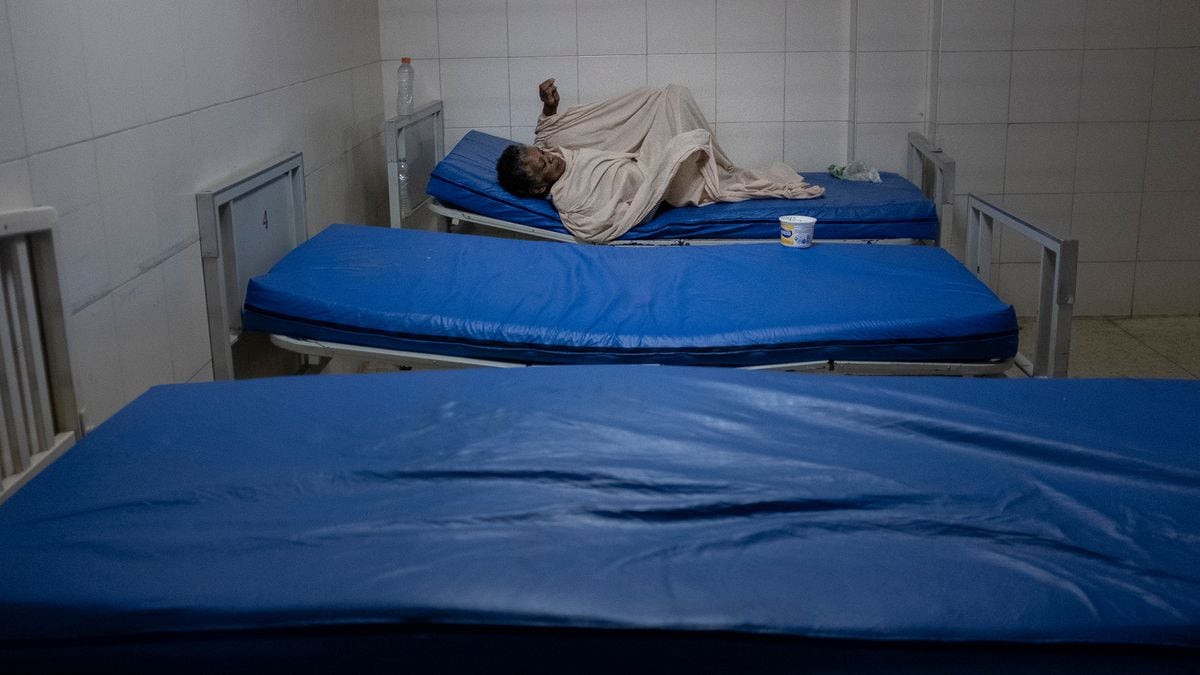Olivier Bonnot is head of the child, teen and young adult psychiatry and development department at Nantes University Hospital.
THE
FIGARO.
- According to a report by the High Council for the Family, Childhood and Age, the consumption of psychotropic drugs among children and adolescents increased by 48% between 2014 and 2021 for antipsychotics and by 62% for antidepressants.
Has society given birth to a generation of depressives?
Olivier BONNOT. -
Psychotropics are treatments applied to extremely varied pathologies.
Drug treatments can, on the one hand, be prescribed for chronic pathologies, such as schizophrenia, bipolar disorders, or attention deficit with or without hyperactivity (ADHD).
These troubles, as such, have not particularly increased.
And they can, on the other hand, be administered for depression, anxiety, or eating disorders, which have increased considerably since the Covid period and even before.
In particular, there is a massive increase in these disorders in young people, whether in children or adolescents.
Today,
Read alsoMental health: “The French are not doing well, and their troubles will last”
The increase in these disorders, in my opinion, goes hand in hand with the increase in care and therefore in the drug treatments administered.
What is most alarming in the question of psychotropic drugs is the increase in hypnotic treatments, on which child psychiatry has relatively little information.
This subject is quite worrying.
By the way, it should be noted that 60%-70% of prescriptions for psychotropic drugs are not prescribed by psychiatrists, but by other doctors.
This is partly due to the fact that access to child and adolescent psychiatrists is not easy.
Does the massive increase in the number of children in psychological distress reflect a lack of resources allocated to psychiatric services?
The lack of means of the psychiatric services has been denounced for decades, and this by all the professionals of childhood and adolescence, by psychologists, parliamentary reports, articles... This lack has been highlighted further by the Covid crisis, with the explosion in the number of anxiety and depressive disorders.
The Covid simply reinforced a much deeper trend.
Olivier Bonnot
Behind these figures, isn't there a phenomenon of
“
overdiagnosis
”
and overmedicalization of children?
Child and adolescent psychiatry is a relatively new discipline.
It appeared in the post-war period, experienced considerable growth between the 60s and 80s, and continues to develop today.
However, in medicine as in psychiatry, one should not do according to what one has the impression of having to do, but according to what has been proven to be the most effective.
And for that, it is necessary to establish many diagnoses, to include patients in studies, and to compare different types of care.
The number of diagnoses has therefore greatly increased over time, and consequently the number of patients diagnosed as well.
This explains why there are many more psychiatric disorders reported to our generation than to previous ones,
According to the report, this phenomenon is explained by the health crisis, the war in Ukraine, or
“
eco-anxiety
”
.
Have confinements, curfews and school closures had a role in the increase in the number of children in psychological distress
?
Yes, very clearly.
Multiple reports have shown that the Covid period has accelerated the movement already present, namely the massive increase in the number of mental disorders.
We observe today, among young people and adolescents, a significant increase in suicide attempts, anxiety disorders, eating disorders.
All this did not return to normal after the confinement, the Covid simply reinforced a much deeper trend.
These figures are also linked to the elements of context that you mentioned, the uncertainty of the world, the war in Ukraine, and also eco-anxiety, which is an underestimated element.
Young people have the feeling that they will see the effects of climate change, which causes a lot of concern.
Isn't the use of psychotropic drugs in children likely to cause large-scale mental disorders?
No, it's quite the opposite.
Child and adolescent psychiatric care combines several modalities.
There is a modality of relational management, which is generally supported by psychotherapies;
and there is the drug modality, heavier and carried by the use of psychotropic drugs.
For anxiety-depressive disorders, children are usually treated with psychotherapy, and only severe cases with drug treatments.
For other types of more serious disorders, in particular bipolar and schizophrenic disorders, drug treatments are obviously much more frequently used.
Children from disadvantaged backgrounds, who have behavioral problems, are more likely to have drug treatment than those from more affluent backgrounds.
Olivier Bonnot
Regarding the risks and side effects, doctors are supposed to make a cost/interest calculation between the benefits and the advantages, when they prescribe a treatment.
There is no drug that is effective without having side effects.
For the past fifteen years, all the drugs which are developed for adults and which could be useful in children, have necessarily been subjected to studies in order to see if they can actually be prescribed for adolescents and children.
Thus, there is now an abundant literature showing the efficacy and adverse effects of psychotropic treatments.
And these studies show that a large number of products, especially antipsychotics, are very effective in children.
Antidepressants,
as for them, seem not to work very well in children in case of depression, but cause a very important placebo effect.
The result is still positive.
Anxiolytic treatments are quite effective against anxiety.
The undesirable effects are therefore well known and often remain lower than the beneficial effects.
According to the report, children from disadvantaged backgrounds are more affected by these treatments. Despite everything, don't the most affluent circles have more and more recourse to psychotropic drugs and antidepressants?
Indeed, children from underprivileged backgrounds, who have behavioral problems, are more likely to have drug treatment than those from more affluent backgrounds.
This is above all due to the difficulty they have in accessing care, all the more so if they are in medical deserts.
As they are diagnosed later, they usually have more advanced symptoms, which then require drug treatments.
Another problem is the wait due to the lack of child and adolescent psychiatrists.
Because of this, we tend to favor children with more severe signs, neglecting those with early signs, when this is precisely the time when we can intervene in the most effective way.







/cloudfront-eu-central-1.images.arcpublishing.com/prisa/EBEIOK2DHMJJ3FFIRAJKKWNJ4Y.jpg)
